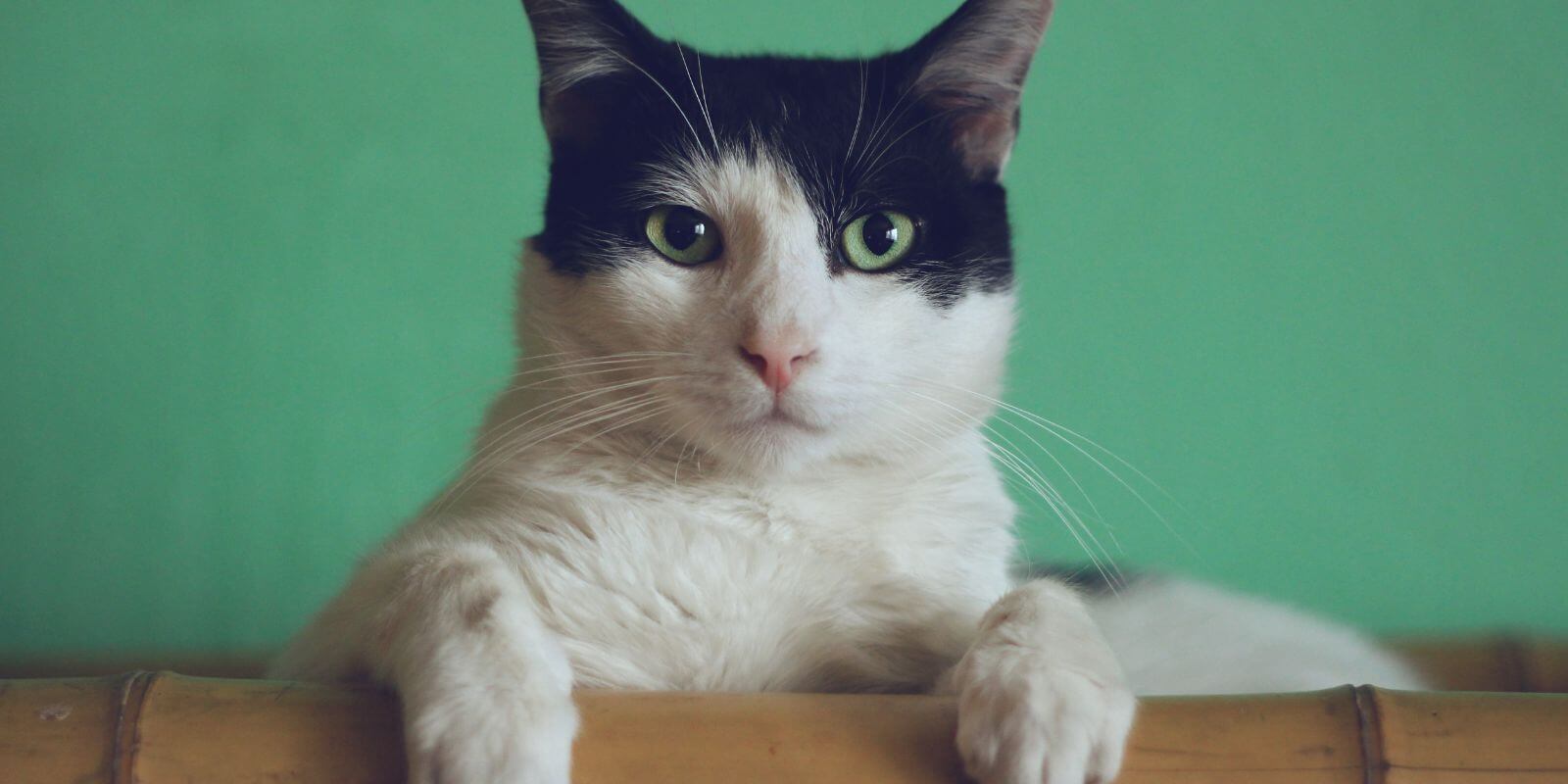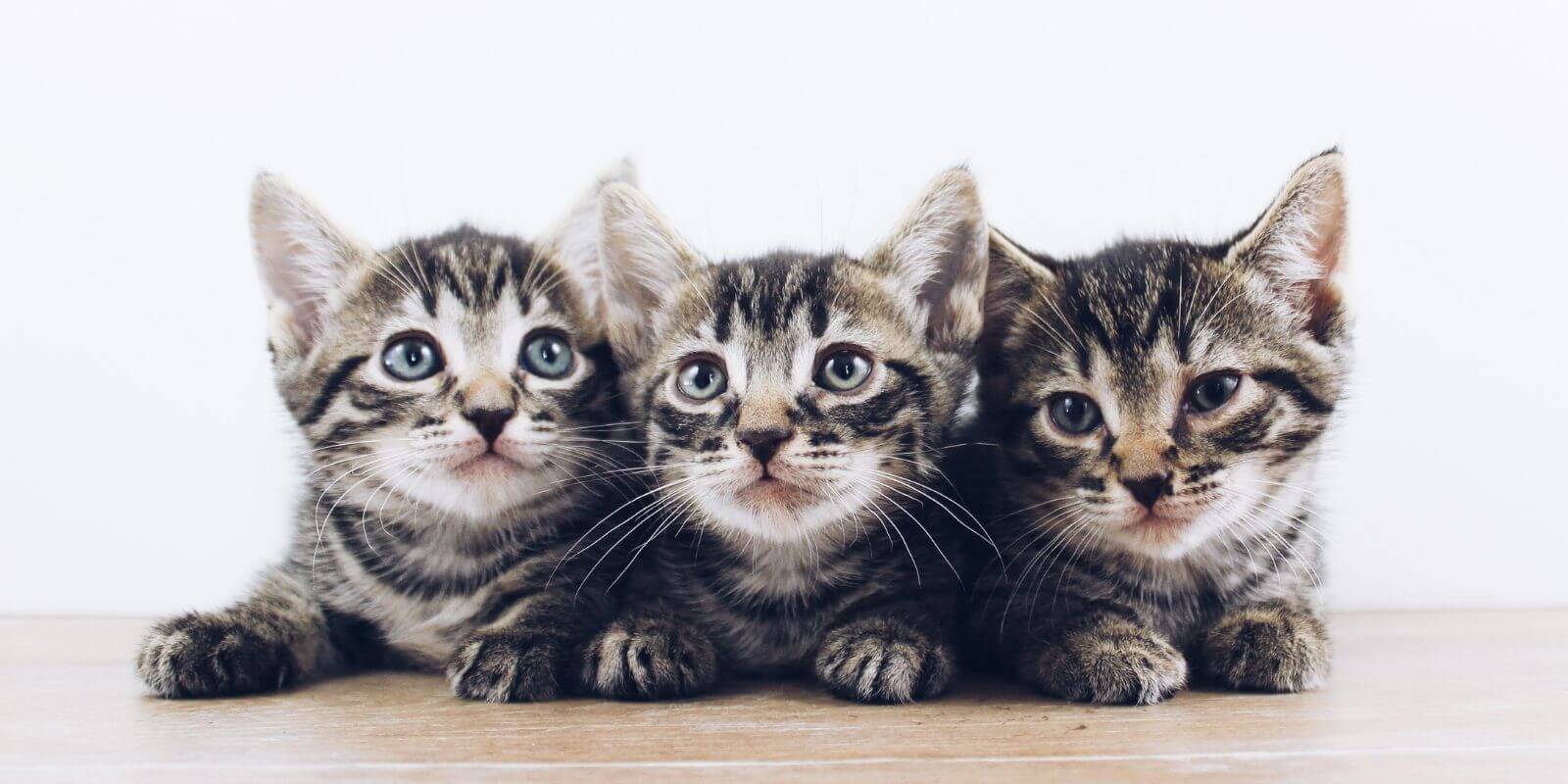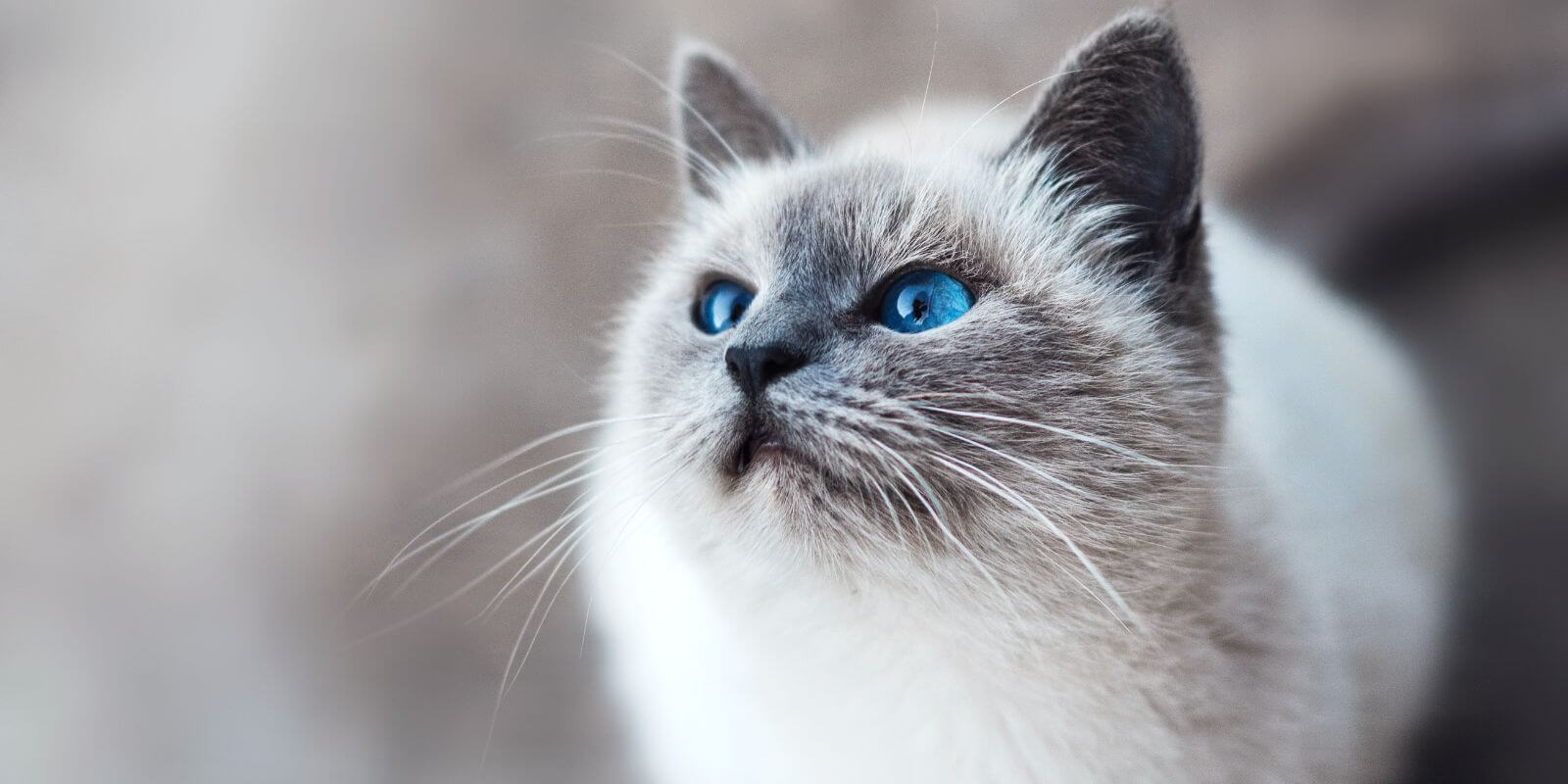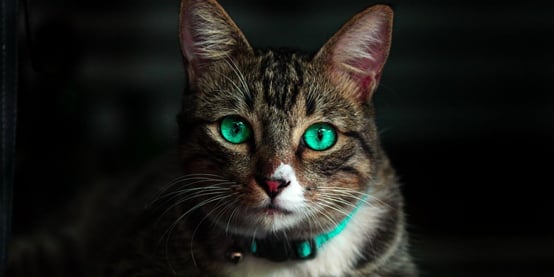If you’ve discovered that your cat has (a few) buns in the oven, it’s probably time to learn a bit about cat pregnancy!
Preparing for your cat’s delivery date takes proper planning and may require support from a trusted veterinarian. You want to make sure your cat is comfortable, well-cared for, and has the support it needs to deliver their furry bundles of joy.
In this guide, we’re covering the basics of cat pregnancy – including, how long cats are pregnant for, how to tell the signs of cat pregnancy, and even how to pay for treatment.
It’s time for some feline family planning!
How to Tell if Your Cat is Pregnant
First things first, it’s important to confirm whether your cat is, in fact, pregnant. There are some conditions (such as pseudopregnancy or obesity) that can look like pregnancy, so always be sure to check with your veterinarian if you’re not sure!
Early signs your cat is pregnant
Early signs of pregnancy in a cat (also known as "queen") can be subtle but may become noticeable around two to three weeks after conception.
Here are some common early signs of cat pregnancy:
- Appetite changes: A pregnant cat may exhibit changes in her appetite. She might become more hungry than usual or, conversely, lose interest in food.
- Nipple changes: One of the earliest physical signs of cat pregnancy is a change in the colour and/or size of the cat's nipples. They may become darker, enlarged, and more prominent.
- Weight gain: Pregnant cats typically start gaining weight after the first few weeks of pregnancy. Similarly, the cat’s abdomen may start to show a slight swelling as the fetuses grow.
- Behavioural changes: Some pregnant cats exhibit changes in behaviour, such as increased affection, seeking more attention, becoming more territorial, or becoming more reclusive.
- Nesting behaviour: As pregnancy progresses, a pregnant cat may display nesting behaviour, such as looking for a quiet, safe place to give birth and making a nest.
- Increased sleep: Pregnant cats often require more rest, so you may notice your cat sleeping more than usual.
- Mild vomiting or nausea: Some pregnant cats experience mild morning sickness, leading to occasional vomiting or drooling.
How to know for sure
Many of the symptoms above can correspond with other medical conditions, so additional methods may be needed to confirm whether your cat is pregnant. It's best to consult with a veterinarian for an accurate diagnosis.
Here are a few ways to know your cat is pregnant:
- Veterinary examination: The most reliable method to confirm pregnancy in cats is through a veterinarian. A vet can perform a physical examination, ultrasound, or X-rays to detect fetal development.
- Abdominal palpation: Experienced veterinarians can carefully palpate the cat's abdomen to feel for the presence of developing fetuses. This method is most effective after around three to four weeks of pregnancy.
- Hormone testing: Blood tests can detect the presence of pregnancy-specific hormones, such as relaxin. These tests can be done as early as 20 to 30 days into pregnancy but are not always conclusive.
- Ultrasound: Ultrasound can typically confirm pregnancy after about three to four weeks, while X-rays are more effective after about 45 days of gestation.
- X-rays: After about 45 days of gestation, x-rays can be used to count the number of fetuses and assess their development. X-rays are also useful to ensure all kittens have been delivered after birth.
How Long Are Cats Pregnant?

A typical cat pregnancy, also known as gestation, lasts approximately 63 to 65 days, though it may be as long as 72 days. The timeline can vary slightly depending on factors like the cat's breed and individual health, but a cat will often start displaying signs of pregnancy about two or three weeks into term.
Typical Cat Pregnancy Timeline
Though the exact timeline may vary, it can be helpful to refer to a general timeline of cat pregnancy before each stage.
The following is a typical cat pregnancy timeline:
Week 1-3: Fertilization
Fertilization usually occurs during the first week. The fertilized eggs then move into the uterus. By the end of the third week, the embryos begin to implant into the uterine lining.
Week 4-5: Early signs
Around the fourth week, you may start noticing early signs of pregnancy, such as changes in appetite and behaviour. Changes in nipple size and/or colour may also be noticeable by the end of the fifth week.
This is a good time to consult with a veterinarian to confirm your cat’s pregnancy.
Week 6-7: Fetal development
By the sixth week, the embryos develop into fetuses. The fetuses are becoming more distinct. The mother may start to exhibit more pronounced signs of pregnancy, including weight gain and increased rest.
Week 8-9: Final stretch
In the eighth week, the fetuses continue to grow. By the end of the ninth week, the mother may become more reclusive and start “nesting”. This is when you should prepare a comfortable and safe birthing area.
Week 9-10: Labour and birth
Labour can occur any time during the ninth week. However, the signs may not always be obvious. The mother may display nesting behaviour and restlessness. The actual birth usually occurs by the end of the ninth week or early in the tenth week.
It's important to monitor the birth process and provide assistance if needed, although most cats can handle it on their own.
Week 10+: Aftercare
After the kittens are born, the mother cat will need proper postnatal care, including a nutritious diet and a quiet, clean environment for her and her kittens.
It's also essential to consult with a veterinarian regarding aftercare, kitten vaccinations, etc.
How Many Kittens Can a Cat Have in One Litter?

Cats usually have an average of 4-6 kittens per litter, but can range anywhere from 1-12 kittens.
Determining the exact number of kittens your cat will have can be challenging. However, there are some methods that can help you estimate the size of the litter (but these methods are not always precise).
- Palpation: Experienced veterinarians can sometimes feel the developing kittens in the mother's abdomen through palpation. This method is most effective between the 30th and 40th day of gestation. However, it may not provide an exact count.
- Ultrasound: An ultrasound performed by a veterinarian can give you a more accurate estimate of the number of kittens. It can be done as early as the third or fourth week of pregnancy.
- X-rays: X-rays are a highly accurate way to determine the number of kittens in late pregnancy, typically after 45 days of gestation. They can also help identify the position and development of each fetus.
What Age Can a Cat Get Pregnant?
Cats can reach sexual maturity as early as 5 to 6 months of age. Some cats may experience their first “heat” cycle a bit earlier or later, but this is the general timeframe.
It's important to note that while a cat can become pregnant at this age, it's not advisable to allow her to do so. Early pregnancies can carry health risks for both the mother and her offspring.
Many veterinarians advise having your cat spayed or neutered before her first heat cycle to prevent unplanned litters.
Are There Costs Associated with Cat Pregnancy?
Yes, there are costs associated with cat pregnancy.
These costs can vary depending on various factors. Some of the costs to consider when a cat becomes pregnant include:
- Prenatal veterinary care and/or exams
- Special diet (e.g. cat food formulated for pregnant or nursing cats)
- Ultrasounds or X-rays
- Nesting supplies (e.g. crate, blankets, etc.)
- Postnatal veterinary care
- Emergency costs (if complications occur)
- Vaccinations and deworming for kittens
Be sure to speak with your trusted veterinarian regarding their recommended treatment plan and associated costs. Costs may also vary depending on your location, your pet’s health, your veterinary clinic’s prices, etc.
Final Thoughts
While Furkin doesn’t cover routine or preventive care including breeding, we’re here to help with all the unexpected accidents or illnesses a pet may experience in their lifetime. Furkin Pet Insurance can help cover up to 80% of eligible expenses, helping you avoid paying for everything out of pocket.
Ready for a pet insurance plan? Get prepared with a free quote from Furkin Pet Insurance!



